The backbone of modern industry is efficiency. In the world of bulk materials—from grains and minerals to chemicals and construction aggregates—the ability to package and transport large volumes quickly, safely, and cost-effectively is not just a convenience, it's a competitive necessity. This is where the Ton Bag Packaging Production Line shines, representing a monumental leap forward in industrial logistics and material handling. This isn't merely a piece of machinery; it's a sophisticated, automated ecosystem designed to optimize every step of the ton bag filling process, from raw material intake to final product dispatch.
More Than Just a Filler: A Symphony of Automation
At its core, a Ton Bag Packaging Production Line is a high-speed, automated system engineered to fill, weigh, and seal industrial bags, also known as FIBCs (Flexible Intermediate Bulk Containers) or "ton bags." While manual filling methods are slow, labor-intensive, and prone to inconsistency, the automated line operates with surgical precision.
The process begins with the bag feeding station. Here, empty ton bags are automatically retrieved from a stack and presented to the filling spout. This removes the need for manual handling, significantly increasing throughput and reducing the risk of workplace injuries. The bags are often held open and prepped for filling by a system of clamps and inflatable seals, ensuring a tight connection and minimizing dust and material spillage.
Next is the heart of the line: the filling and weighing unit. This is where the magic happens. The line uses advanced sensors and load cells to accurately measure the precise amount of material being dispensed into the bag. Whether it's a single-spout system or a more complex multi-spout setup for higher speeds, the weighing process is paramount. It ensures product consistency, prevents under- or over-filling, and helps businesses meet regulatory and contractual weight requirements with pinpoint accuracy. The sophisticated control system can handle various materials, adjusting flow rates and vibration to settle the product and achieve a dense, stable fill.
The Unseen Details: From Vibration to Conveyance
A truly effective Ton Bag Packaging Production Line incorporates several key features that go beyond simple filling. One of the most critical is vibration technology. As material is dispensed, a vibrating platform or table beneath the bag settles the product. This crucial step eliminates air pockets, compacts the material, and creates a stable, square-shaped bag that is easier to stack, store, and transport. Without proper vibration, bags would be uneven, unstable, and more susceptible to damage during transit.
Once filled, the bag is automatically detached from the filling spout and moved to the next stage. This is typically done via a conveyor system—either a roller or belt conveyor—that seamlessly transports the heavy bag to the sealing or closing station. The conveyor system is not just a transport mechanism; it's a critical link in the chain, ensuring a continuous flow of bags and preventing bottlenecks.
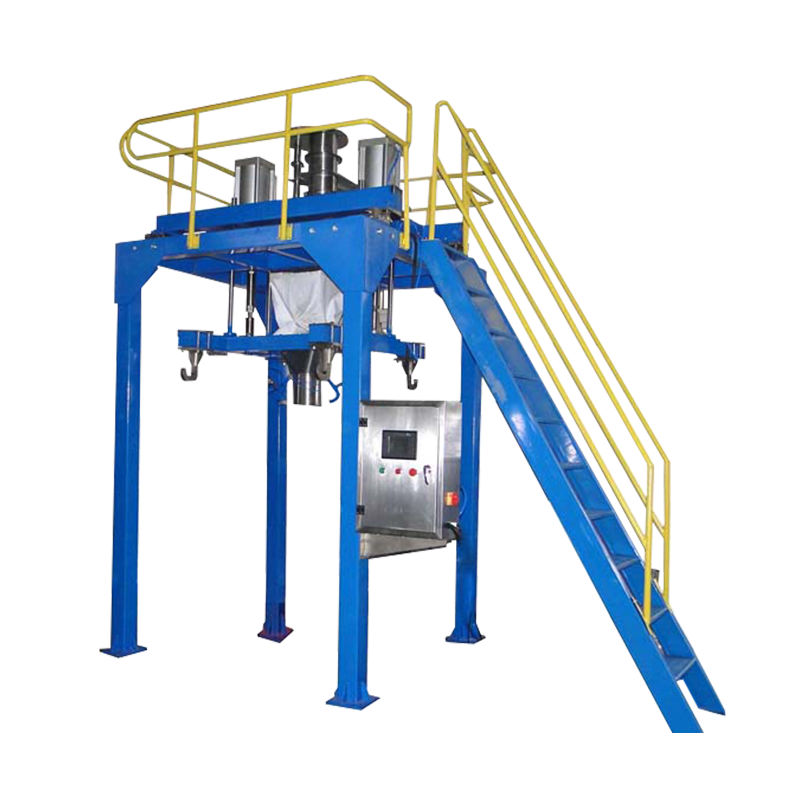
Safety, Versatility, and Scalability
The modern Ton Bag Packaging Production Line is built with safety as a top priority. Automated systems significantly reduce the risk of accidents associated with lifting heavy bags and working in dusty environments. Dust extraction systems are integrated directly into the line, capturing airborne particles at the source and creating a cleaner, healthier workspace. Emergency stop buttons, safety sensors, and protective guards are standard features, protecting operators and ensuring compliance with industrial safety regulations.
Furthermore, these production lines are incredibly versatile. They can be configured to handle a wide range of materials, including fine powders, granular products, flakes, and pellets. Many systems feature adjustable parameters, allowing for quick changeovers between different bag sizes and material types. This adaptability makes them a valuable asset for companies with diverse product lines.
The Financial and Environmental Impact
Investing in a Ton Bag Packaging Production Line yields significant returns. The most obvious benefit is the dramatic increase in production speed. What once took a team of workers hours can now be completed in a fraction of the time with minimal human intervention. This boost in efficiency translates directly to higher output and improved profitability. Labor costs are reduced, and the risk of human error in weighing and handling is virtually eliminated.
From an environmental perspective, the precision of the automated line reduces product waste. The accurate weighing ensures that no material is unnecessarily over-filled, saving valuable resources. The stability of the filled bags also reduces the likelihood of damage and spillage during transport, further minimizing waste and environmental impact.
In conclusion, the Ton Bag Packaging Production Line is a testament to the power of automation and intelligent engineering. It is more than a machine; it is a complete solution that enhances every aspect of bulk material packaging. By integrating speed, accuracy, safety, and versatility, it empowers businesses to meet the demands of a globalized market with unprecedented efficiency and reliability.


 English
English Español
Español عربى
عربى
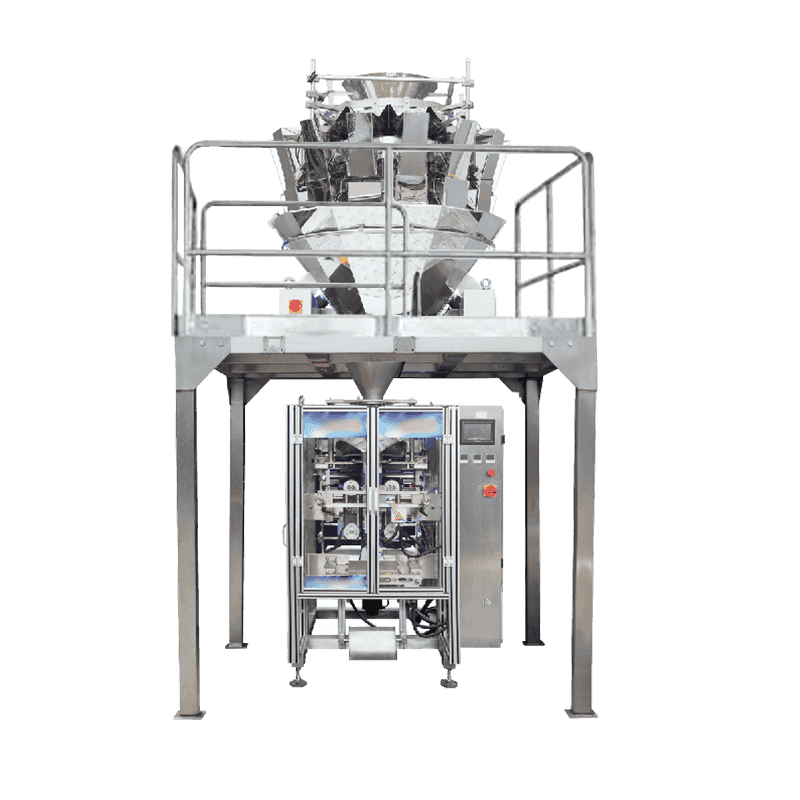
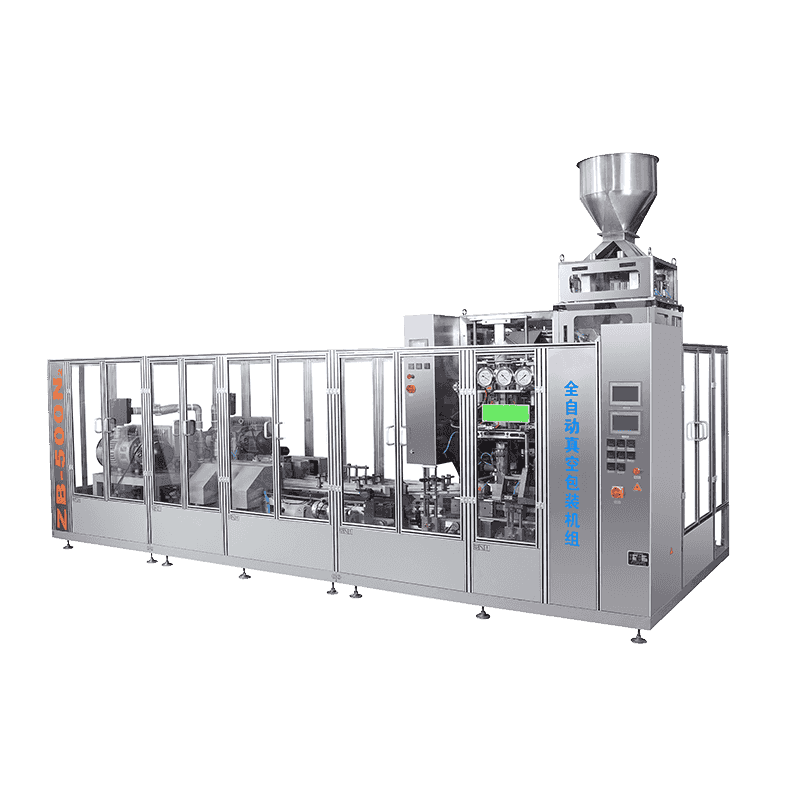
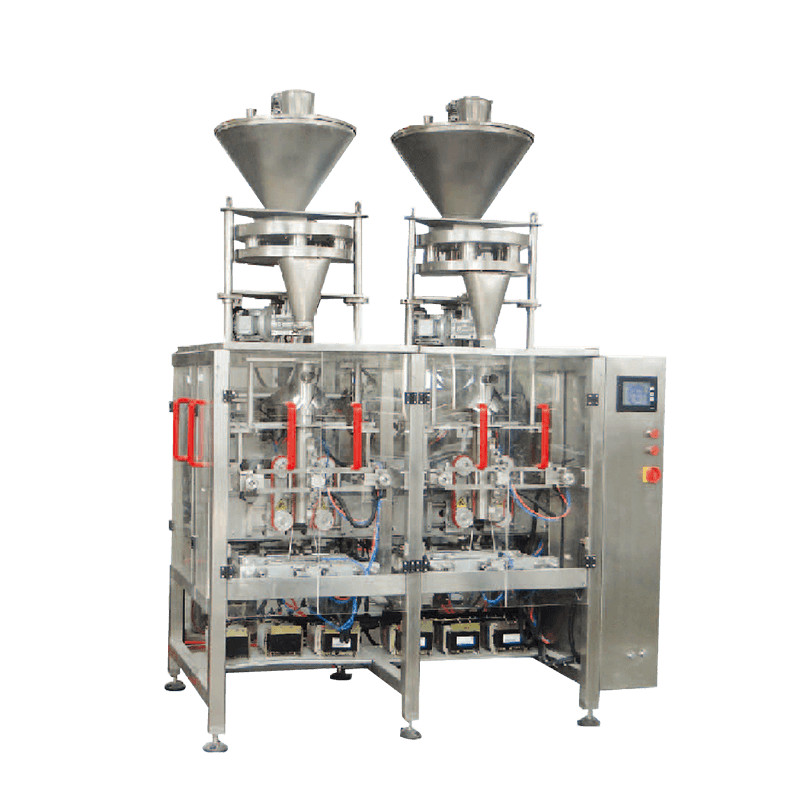
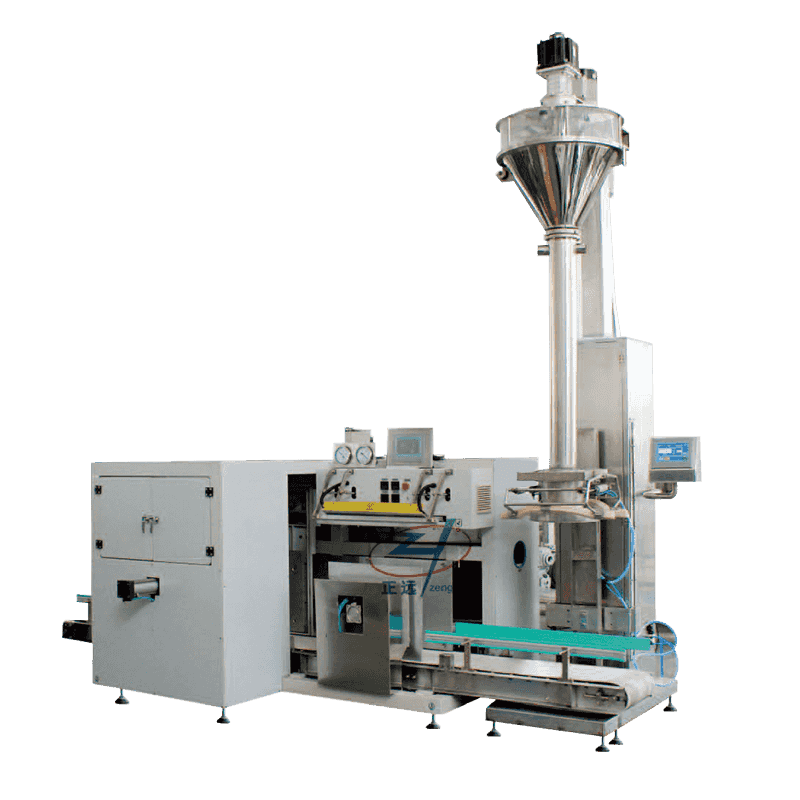


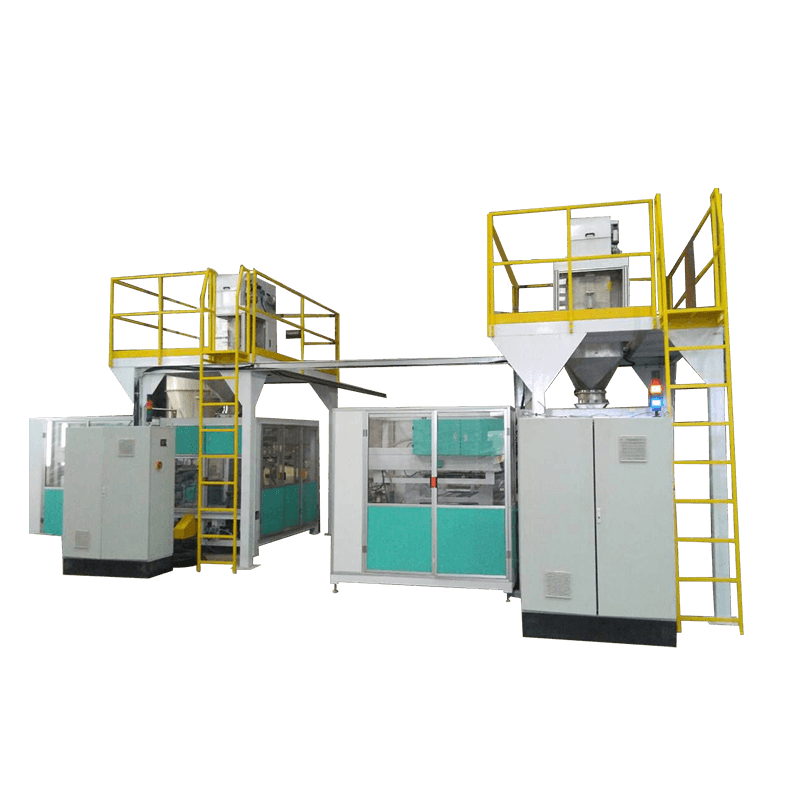


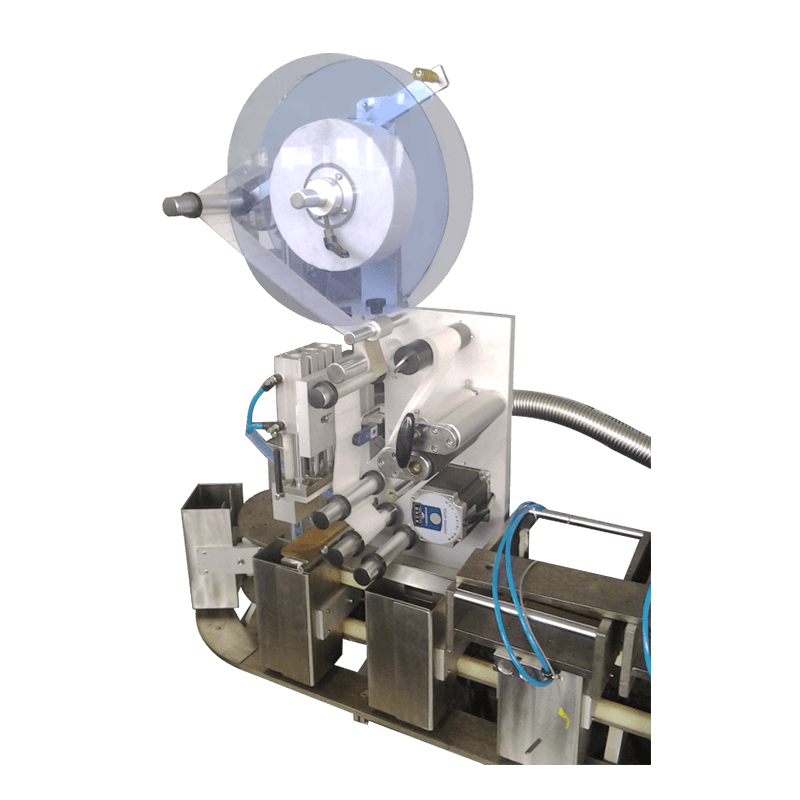

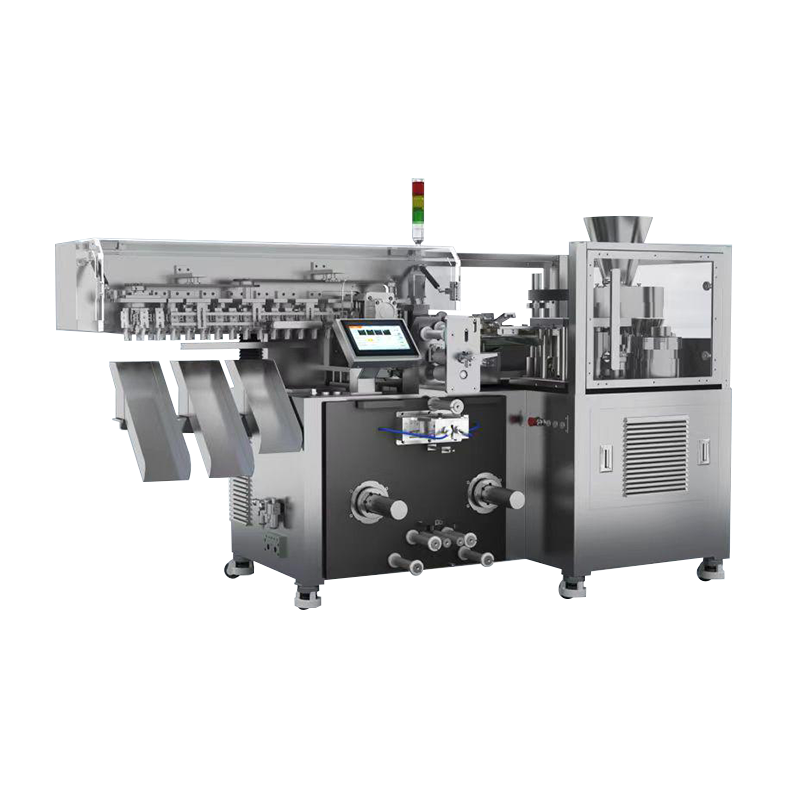

Contact Us